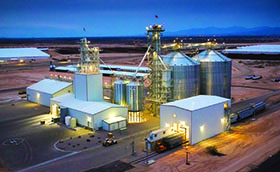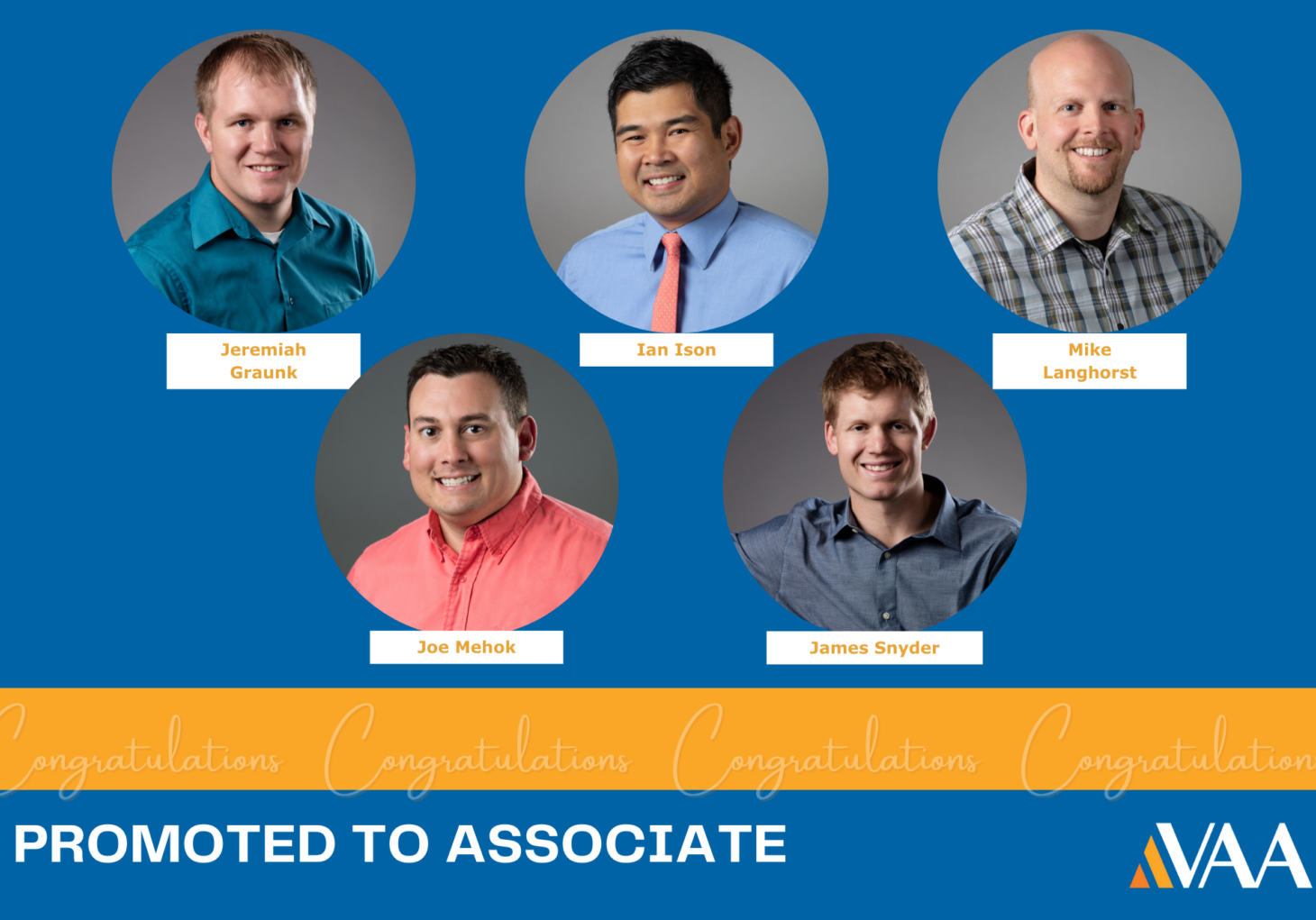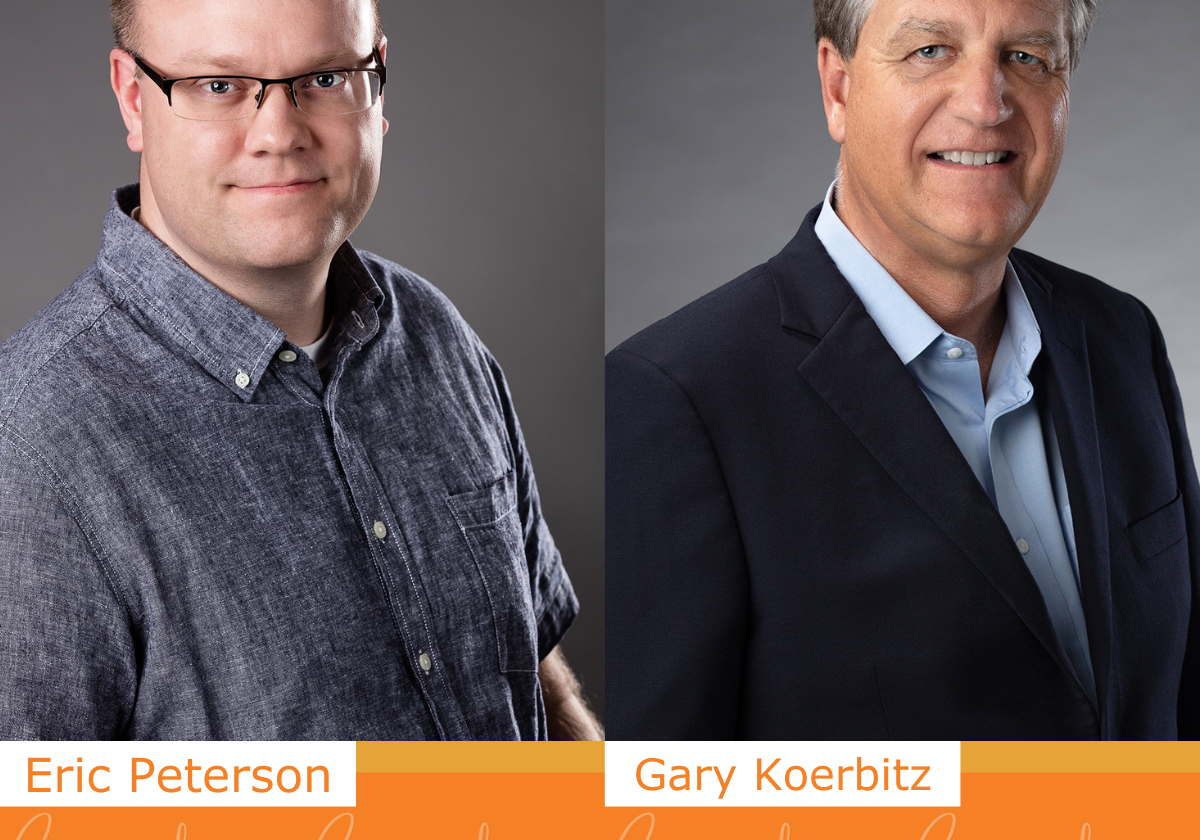VAA News | March 7, 2017
What’s in a Master Plan (Part I): A Trend Coming Down the Tracks
 Generally, our society has been demanding results that are bigger, better and produced faster – this trend does not stop at the feed industry. Changes in transportation, storage and sanitation are contributing to a shift in design considerations and capabilities for large-scale feed mills. By addressing the benefits of these trends, facilities can develop a master plan to either immediately incorporate them or allow flexibility for future growth and business development.
Generally, our society has been demanding results that are bigger, better and produced faster – this trend does not stop at the feed industry. Changes in transportation, storage and sanitation are contributing to a shift in design considerations and capabilities for large-scale feed mills. By addressing the benefits of these trends, facilities can develop a master plan to either immediately incorporate them or allow flexibility for future growth and business development.
In terms of transportation, combinations of trucks and trains are commonly used for receiving in the feed industry; however, a focus on rail receiving is emerging as a key feature in several recent, large-scale feed mills in the United States. Ultimately a cost-saving measure, mills are now receiving with the intention to store anywhere from one day to two weeks of ingredients. This is an especially effective strategy for larger mills, facilities in remote locations and states in which the major ingredients are not produced. Not only does rail receiving allow for faster production, it also broadens the markets available for feed mills in ingredient acquisition.
If you’re developing a master plan for a feed mill project, consider the location and intended size of the facility. Is the site near a Class I railroad? How many tons per year of feed do you anticipate producing? Another consideration in your master plan should be the need for specialized equipment. Certain ingredients, particularly different kinds of meal, require a hard car unloader to ease the receiving process. All of these factors will influence the benefit of using rail as your facility’s main receiving system.
Share with a Friend
Recent Posts
Let's connect.
Whether you need a new or expanded facility, a process designed or debottlenecked, life safety or structural analysis… VAA can help you grow.






